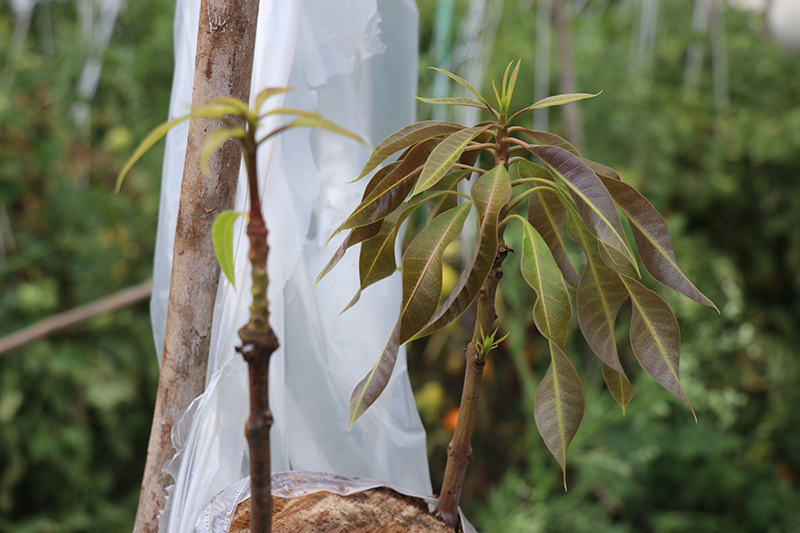Mangoes and spices
In Ethiopia, the Rift Valley region, which extends from south to south west of the country, is the largest mango growing zone in the country, with belts of orchards of the crop blending into the scenic landscape of mountain ranges.

However, mango production in the region, as is the case across Ethiopia, is constrained by several challenges, mainly pests and diseases. Since 2013, icipe has implemented programmes to control pests of mango, primarily focussing on fruit flies, in Arba Minch, in the Southern Nations, Nationalities, and Peoples (SNNP) Region. The arrival of the white mango scale, Aulacaspis tubercularis, in Ethiopia in 2010 compounded the obstacles in mango production. Whereas fruit flies damage the fruit, the white mango scale destroys the trees. There is also increasing threat to mango from diseases like anthracnose and powdery mildew. In addition, mango growers face various challenges like access to improved varieties, agromic practices, harvesting, postharvest and market linkages. Thes hindrances require an integrated approach that involves the mango agroecosystem (soil fertility, nursery management, orchard sanitation, pest management, postharvest handling and market linkage).
In 2020, to address these challenges comprehensively, icipe and partners introduced a project on integrated agroecological approach to mango production. Some of the pest control packages being introduced include baited traps, as well as orchard sanitation by disposing off all infected fruits.
A central component of the integrated approach is top working, that is pruning and grafting, to replace the indigenous mango trees, which take too long to mature are low yielding, and difficult to manage due to their massive size, about 10 – 30 metres high with canopies of around 30 – 38 metres (width and height). The top works involves inserting a scion of an improved Kent and apple mango variety on the rootstock of the indigenous varieties. The hybrid/grafted varieties are expected to grow faster, become easier to manage and enable more effective implementation of pest control strategies. They will also have better yield and superior quality that incorporates selected traits of both varieties, for example fibre content.
The hybrid mangoes will provide yield after three or four years after the top work. Besides, the spacings between mago trees are about eight by eight metres, which encourages cultivation of other crops under the mango trees, and thus, for better use of the land. Therefore, icipe and partners are supporting growers to cultivate early income generating crops that are compatible with the mango farming system, for example, spices crops like black pepper, ginger and vanilla, as well as food crops such as common bean and cassava.
To improve mango harvesting and postharvesting, the partners are creating awareness creation regarding best periods to harvest the fruit to reduce perishability and improper disposal of rejected produce, which serve as breeding site of pests.

